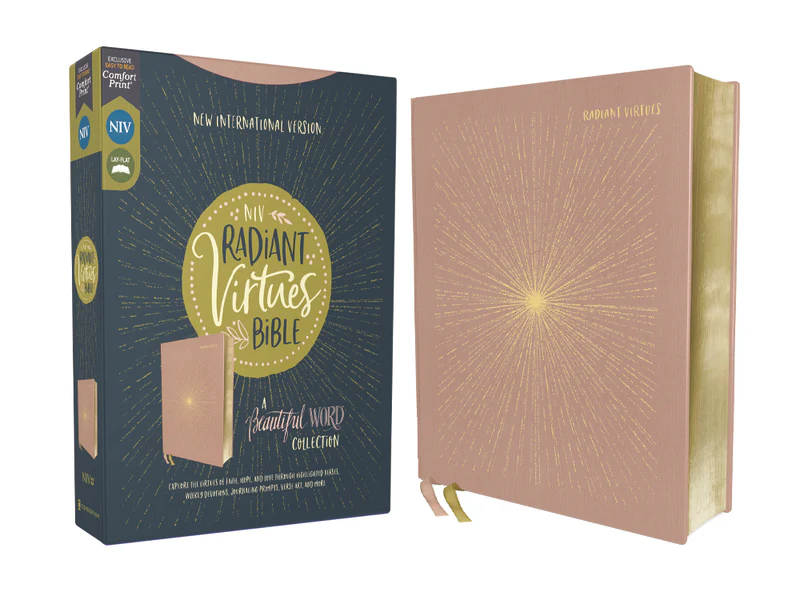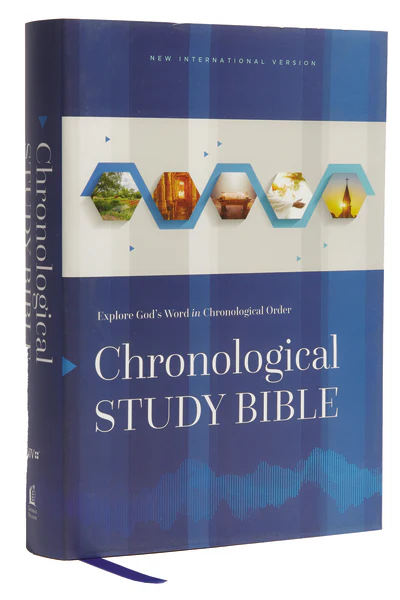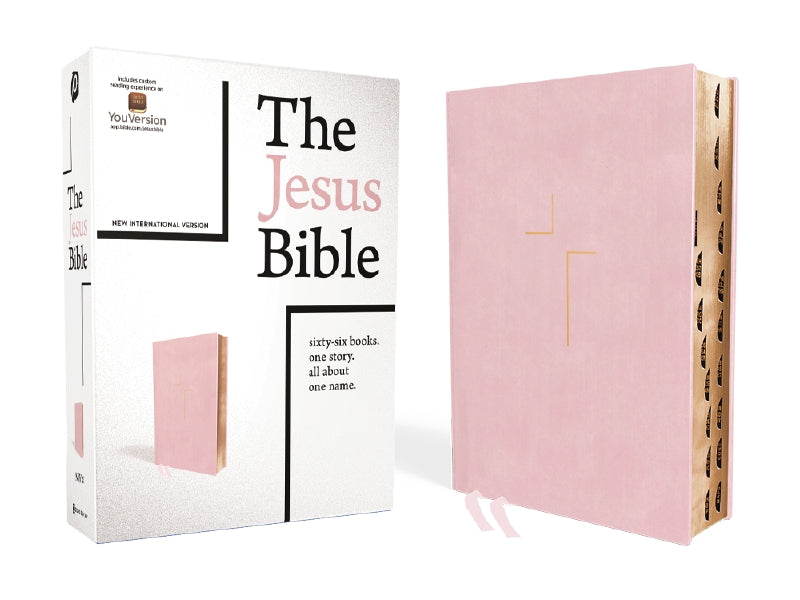2 Chronicles 2:11-4:4
New International Version
11 Hiram king of Tyre replied by letter to Solomon:
“Because the Lord loves(A) his people, he has made you their king.”
12 And Hiram added:
“Praise be to the Lord, the God of Israel, who made heaven and earth!(B) He has given King David a wise son, endowed with intelligence and discernment, who will build a temple for the Lord and a palace for himself.
13 “I am sending you Huram-Abi,(C) a man of great skill, 14 whose mother was from Dan(D) and whose father was from Tyre. He is trained(E) to work in gold and silver, bronze and iron, stone and wood, and with purple and blue(F) and crimson yarn and fine linen. He is experienced in all kinds of engraving and can execute any design given to him. He will work with your skilled workers and with those of my lord, David your father.
15 “Now let my lord send his servants the wheat and barley and the olive oil(G) and wine he promised, 16 and we will cut all the logs from Lebanon that you need and will float them as rafts by sea down to Joppa.(H) You can then take them up to Jerusalem.”
17 Solomon took a census of all the foreigners(I) residing in Israel, after the census(J) his father David had taken; and they were found to be 153,600. 18 He assigned(K) 70,000 of them to be carriers and 80,000 to be stonecutters in the hills, with 3,600 foremen over them to keep the people working.
Solomon Builds the Temple(L)
3 Then Solomon began to build(M) the temple of the Lord(N) in Jerusalem on Mount Moriah, where the Lord had appeared to his father David. It was on the threshing floor of Araunah[a](O) the Jebusite, the place provided by David. 2 He began building on the second day of the second month in the fourth year of his reign.(P)
3 The foundation Solomon laid for building the temple of God was sixty cubits long and twenty cubits wide[b](Q) (using the cubit of the old standard). 4 The portico at the front of the temple was twenty cubits[c] long across the width of the building and twenty[d] cubits high.
He overlaid the inside with pure gold. 5 He paneled the main hall with juniper and covered it with fine gold and decorated it with palm tree(R) and chain designs. 6 He adorned the temple with precious stones. And the gold he used was gold of Parvaim. 7 He overlaid the ceiling beams, doorframes, walls and doors of the temple with gold, and he carved cherubim(S) on the walls.
8 He built the Most Holy Place,(T) its length corresponding to the width of the temple—twenty cubits long and twenty cubits wide. He overlaid the inside with six hundred talents[e] of fine gold. 9 The gold nails(U) weighed fifty shekels.[f] He also overlaid the upper parts with gold.
10 For the Most Holy Place he made a pair(V) of sculptured cherubim and overlaid them with gold. 11 The total wingspan of the cherubim was twenty cubits. One wing of the first cherub was five cubits[g] long and touched the temple wall, while its other wing, also five cubits long, touched the wing of the other cherub. 12 Similarly one wing of the second cherub was five cubits long and touched the other temple wall, and its other wing, also five cubits long, touched the wing of the first cherub. 13 The wings of these cherubim(W) extended twenty cubits. They stood on their feet, facing the main hall.[h]
14 He made the curtain(X) of blue, purple and crimson yarn and fine linen, with cherubim(Y) worked into it.
15 For the front of the temple he made two pillars,(Z) which together were thirty-five cubits[i] long, each with a capital(AA) five cubits high. 16 He made interwoven chains[j](AB) and put them on top of the pillars. He also made a hundred pomegranates(AC) and attached them to the chains. 17 He erected the pillars in the front of the temple, one to the south and one to the north. The one to the south he named Jakin[k] and the one to the north Boaz.[l]
The Temple’s Furnishings(AD)
4 He made a bronze altar(AE) twenty cubits long, twenty cubits wide and ten cubits high.[m] 2 He made the Sea(AF) of cast metal, circular in shape, measuring ten cubits from rim to rim and five cubits[n] high. It took a line of thirty cubits[o] to measure around it. 3 Below the rim, figures of bulls encircled it—ten to a cubit.[p] The bulls were cast in two rows in one piece with the Sea.
4 The Sea stood on twelve bulls, three facing north, three facing west, three facing south and three facing east.(AG) The Sea rested on top of them, and their hindquarters were toward the center.
Footnotes
- 2 Chronicles 3:1 Hebrew Ornan, a variant of Araunah
- 2 Chronicles 3:3 That is, about 90 feet long and 30 feet wide or about 27 meters long and 9 meters wide
- 2 Chronicles 3:4 That is, about 30 feet or about 9 meters; also in verses 8, 11 and 13
- 2 Chronicles 3:4 Some Septuagint and Syriac manuscripts; Hebrew and a hundred and twenty
- 2 Chronicles 3:8 That is, about 23 tons or about 21 metric tons
- 2 Chronicles 3:9 That is, about 1 1/4 pounds or about 575 grams
- 2 Chronicles 3:11 That is, about 7 1/2 feet or about 2.3 meters; also in verse 15
- 2 Chronicles 3:13 Or facing inward
- 2 Chronicles 3:15 That is, about 53 feet or about 16 meters
- 2 Chronicles 3:16 Or possibly made chains in the inner sanctuary; the meaning of the Hebrew for this phrase is uncertain.
- 2 Chronicles 3:17 Jakin probably means he establishes.
- 2 Chronicles 3:17 Boaz probably means in him is strength.
- 2 Chronicles 4:1 That is, about 30 feet long and wide and 15 feet high or about 9 meters long and wide and 4.5 meters high
- 2 Chronicles 4:2 That is, about 7 1/2 feet or about 2.3 meters
- 2 Chronicles 4:2 That is, about 45 feet or about 14 meters
- 2 Chronicles 4:3 That is, about 18 inches or about 45 centimeters
Holy Bible, New International Version®, NIV® Copyright ©1973, 1978, 1984, 2011 by Biblica, Inc.® Used by permission. All rights reserved worldwide.
NIV Reverse Interlinear Bible: English to Hebrew and English to Greek. Copyright © 2019 by Zondervan.
Bible Gateway Recommends






